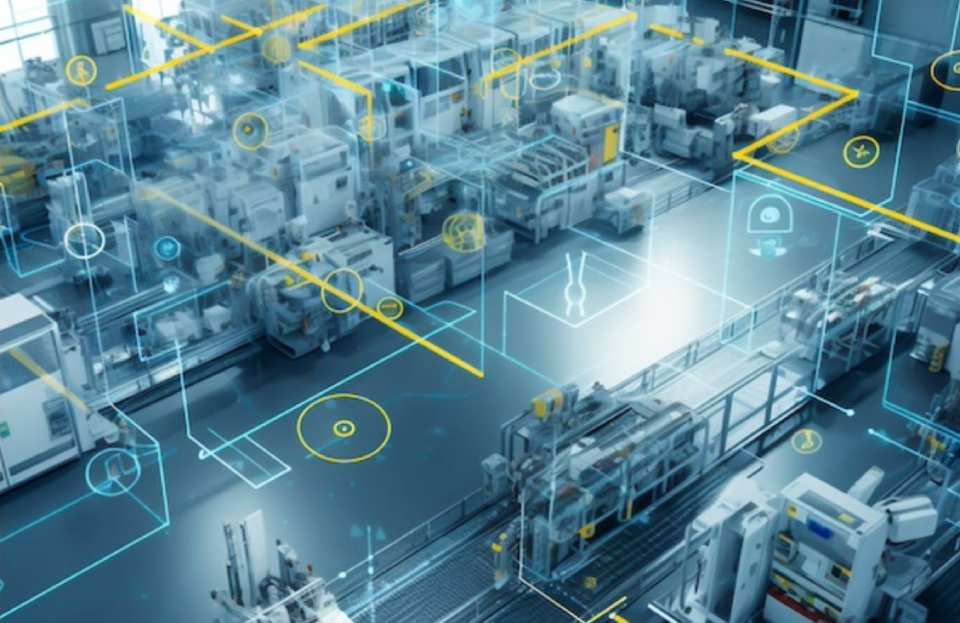
Technology in Retail Loss Prevention—Balancing Innovation and Operational Integrity
Shrink, driven by theft, fraud, and operational inefficiencies, remains a critical challenge for retailers. The rise in organized retail crime (ORC) has only intensified the urgency to deploy advanced loss prevention measures, including AI-driven video analytics, RFID-enabled inventory tracking, and automated self-checkout monitoring. However, while these technologies enhance security and visibility, an overreliance on them risks overlooking fundamental operational and systemic gaps.
Retailers must recognize that loss prevention isn’t solely a technological challenge—it’s an operational one. Poor inventory accuracy, inefficient checkout processes, and inadequate employee training often create vulnerabilities that technology alone cannot solve. AI and automation can serve as powerful tools, but they should complement, not replace, sound retail operations. For instance, RFID and AI can provide real-time insights into stock movements, but without addressing underlying process inefficiencies, such as improper product handling or weak internal controls, retailers may still experience losses despite their technological investments.
Another pressing concern is the potential for increased consumer friction. As theft escalates, retailers are tightening security, deploying measures such as locked merchandise cases, receipt checks, and AI-powered surveillance. While these interventions can deter crime, they risk frustrating honest customers, creating a less welcoming shopping experience. The industry must ask: is the trade-off between security and convenience acceptable?
Ultimately, the future of retail security should focus on a balanced approach. Investing in AI, RFID, and automation should be paired with operational improvements, better employee engagement, and collaborative strategies with law enforcement. The goal should not just be to react to shrink but to proactively design systems that minimize vulnerabilities while maintaining a seamless customer experience.







